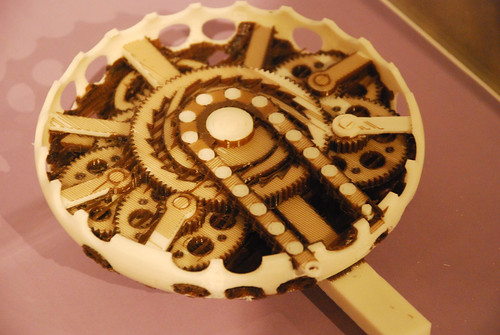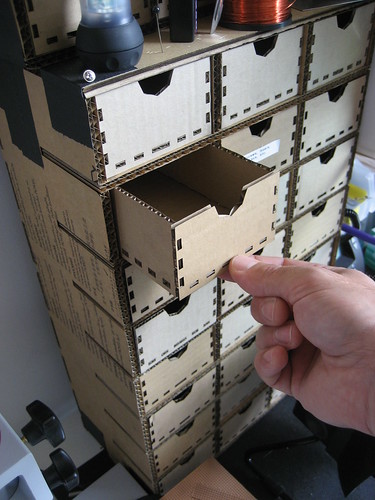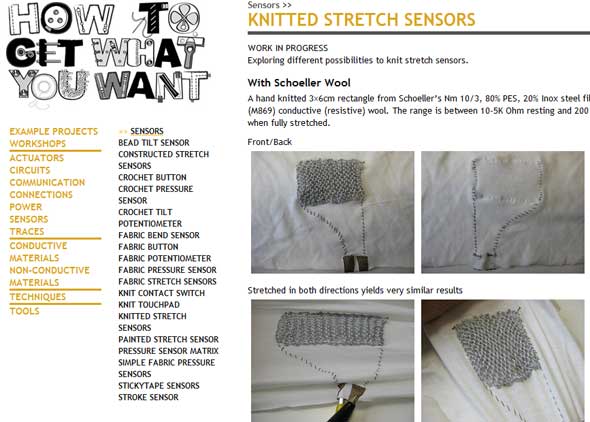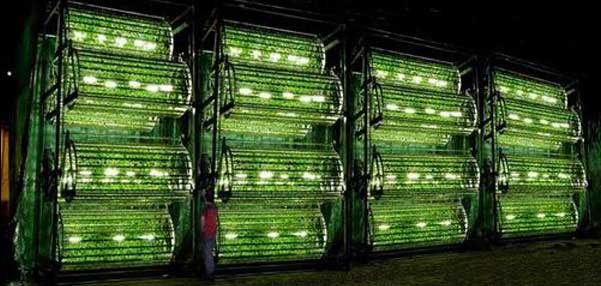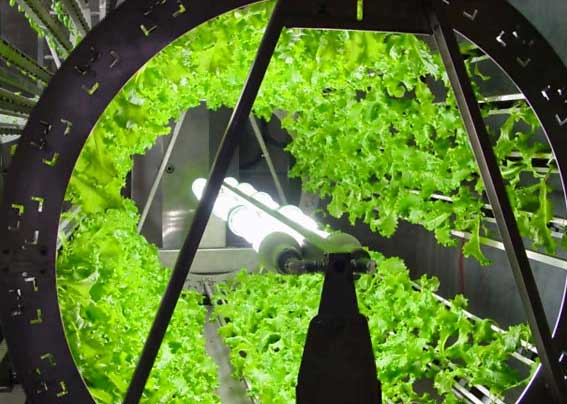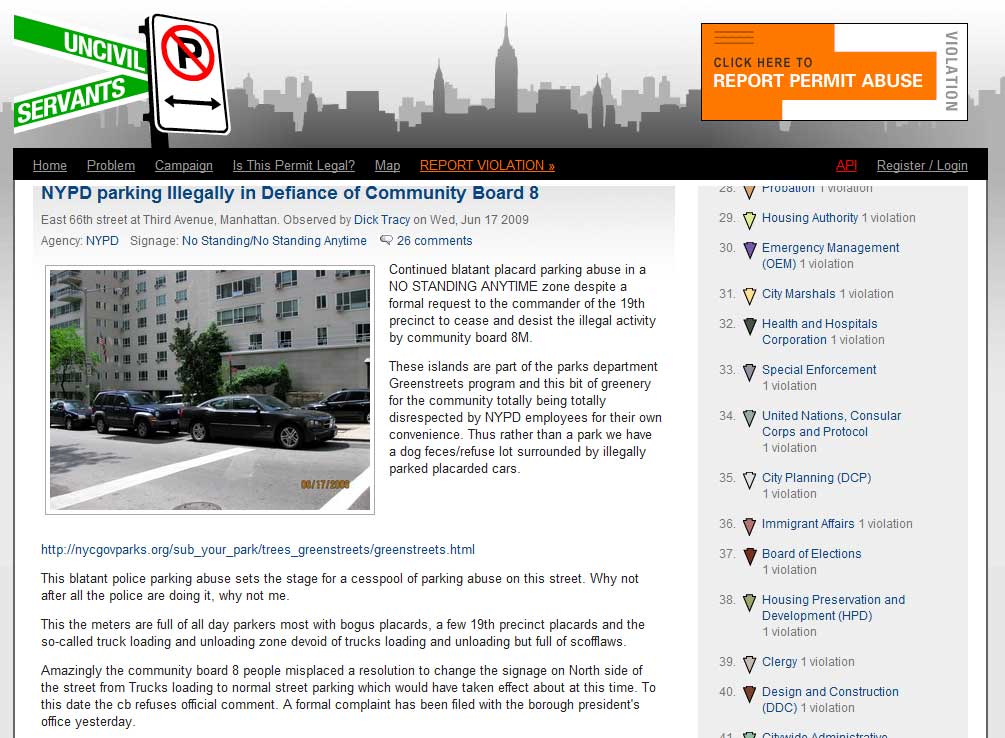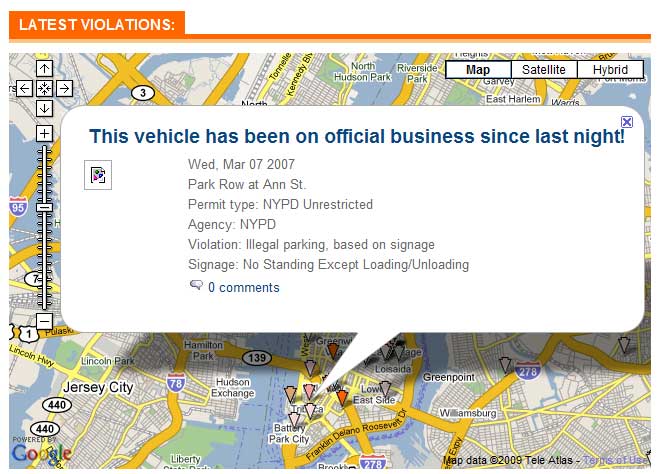Ryota Kuwakubo’s Nicodama is a project that – to put it simply – puts blinky eyes on inanimate objects as a means of giving them personality. From the placard at the Ars Electronica Center:
“Nicodama” combines findings from the field of behavioral biology (ethology) with technology and Japanese philosophy. The “Nicodamas” communicate with each other via infrared interface and blink at random intervals.
In Japanese culture, one proceeds under the assumption that everything – whether it is animate or inanimate – has a soul. The upshot of this conception is care and increased respect in dealing with the environment.
“Nicodama” enables us to get a completely new, emotional view of our environment and the obejcts that surround us. It expands the objectifying, quantitatively measuring, and strategic worldview of our day and age.
